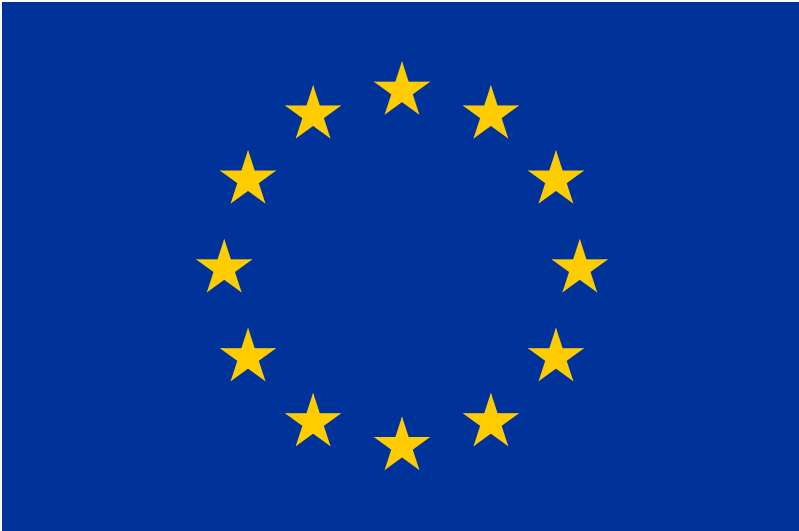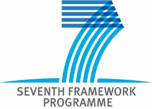News and Events
Feb 10 2014ImagineS at GV2M International Conference
The achievements of the first year of ImagineS have been presented at the GV2M international conference, held in Avignon, France, from 3rd to 7th of February 2014.
Marie Weiss, from INRA, presented the innovative algorithm set-up to retrieve the LAI, FAPAR, and FCover variables from the 300m PROBA-V data, keeping their consistency with the current 1km SPOT/VGT products generated into the Copernicus Global Land service. She detailed the different steps of the methodology, and demonstrated the improvement of the approach on a series of test sites sampling the continental biomes. HYGEOS is implementing this methodology in a software that will be integrated soon into the operational facilities of the Copernicus Global Land service, at VITO, to start an operational production over Europe in May 2014. Her presentation is here. F. Baret, also from INRA, showed which vegetation structural variables are best estimated from remote sensing observations. His presentation is here.
François Waldner, from UCL, presented an new classification method that uses jointly optical and microwave satellite data to discriminate crops along the season. He presented the first results, over the Tula region in Russia, obtained with MODIS 250m data, RapidEye images and Radarsat-2 observations, as proxy of Sentinel-3, Sentinel-2, and Sentinel-1 data, respectively. His presentation is here.
Souhail Boussetta presented the results of the joint assimilation of the near real time LAI and Albedo into the ECMWF modelling system. He showed that the assimilation of satellite products has potential to improve the near surface atmospheric prediction. His presentation is here.
Fernando Camacho, from EOLAB, exhibited a poster about the quality assessment of LAI, FAPAR and FCover global products. He showed the main components of the procedure, the evaluation criteria, and introduced the field campaigns performed in ImagineS to collect ground measurements. His poster is here.
Meteo-France showed 2 posters: one explaining how the LDAS development of ImagineS are used for the cross-cutting validation of the Global Land service products; the second presenting a new canopy transfer scheme to explicitely account FAPAR in the land surface model of the LDAS.
Back to Overview

